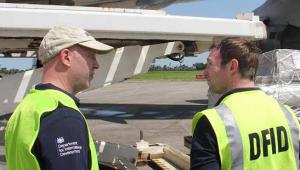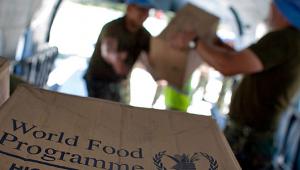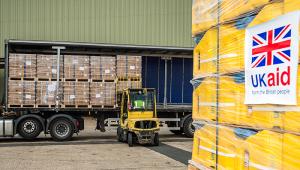Annalisa Prizzon, research fellow at the ODI, spoke of a “missing middle” for lower middle-income countries in development financing and the various options they have to close it.
She said: “Developing countries often find themselves between a rock and hard place when it comes to development finance because they need to borrow more, but they also expose themselves to the risk of not being able to afford the new liabilities.”
The differing terms and conditions of each option have implications for debt sustainability, she said.
Leaving aside external official finance such as official development assistance (ODA) and concentrating on other forms of external finance, she noted the rise, particularly in Africa, of international sovereign bonds.
Although they do provide some advantages, the maturities on these are much shorter, interest rates much higher and exposure to risk from exchange rates much greater, she said.
Prizzon questioned whether the fact that many choose to opt for international sovereign bonds as opposed to borrowing from multilateral development banks is a “demand or a supply side issue”, and suggested multilateral development banks should perhaps be prepared to lend more.
Another new source of finance was the rise of development banks backed by emerging economies such as China, India, Brazil and South Africa. She said that concerns about the potential threats these hold for debt sustainability are not backed up by evidence.
Public private partnerships on the other hand, which are becoming increasingly popular, may not have immediate impacts on national budgets but could become one of the most expensive forms of financing later on.
To increase debt sustainability she recommended elaborating and following through on medium-term debt financing strategies, increasing the resources of those managing debt and avoiding the issue of new sovereign debt bonds in order to refinance old ones.
Delegates also heard that new, creative strategies can sometimes be a viable and much-needed solution to financing problems.
Citing Senegal’s sovereign wealth fund – the Fonds Souverain d’Investissements Strategiques (FONSIS), which launched in 2013 – panel chair Marco Cangiano, former assistant director of the International Monetary Fund’s Fiscal Affairs Department, recognised that unique ideas could have as much success as tried and tested methods.
He said the “hybrid” arrangement FONSIS takes would be unlikely to be recommended by international bodies or would at least come with “a long list of caveats”, but now serves as evidence that best practice is sometimes not as useful as figuring out unique solutions to unique problems.
FONSIS chief executive Amadou Hott was also present on the panel. He explained that FONSIS is owned completely by the government of Senegal but run entirely privately.
The fund invests and co-invests equity in projects of strategic economic importance to Senegal such as agriculture, energy and social housing. Initial FONSIS investments get projects up and running with the hope that they attract further backing from foreign investors.
Projects supported by FONSIS include upgrades to the diagnostic capacities of a hospital in Senegal and have seen much success, Hott said.













